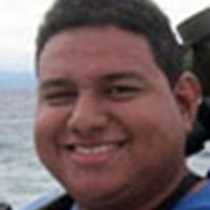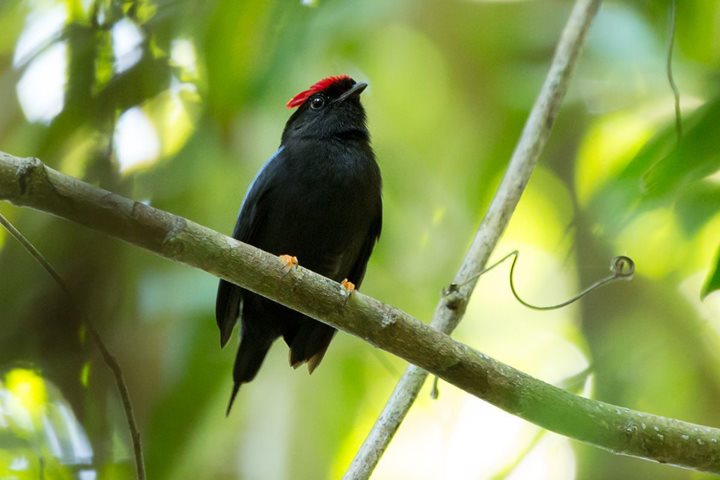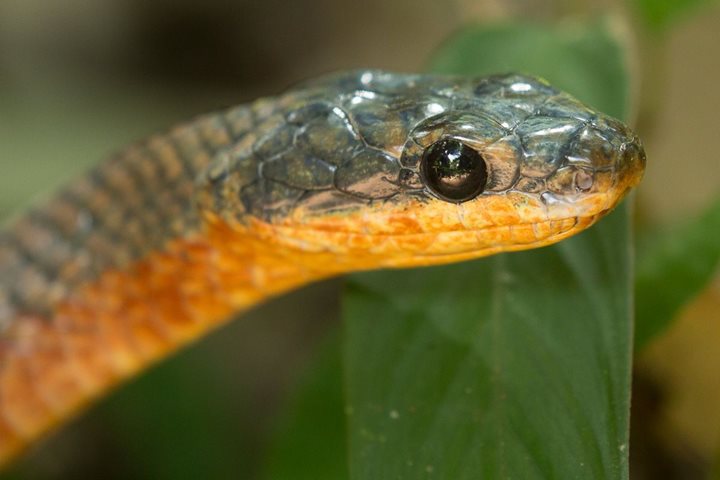In 1513 the famous Spaniard Vasco Nunez de Balboa decided to explore, with 400 men, the dense jungle. He had been told about an indigenous village where the natives would dress in gold, and that their houses were decorated with pearls. After walking for more than 20 days, he reached to the Pacific coast of Panama. He named the sea the “South Sea” and sailed through it, discovering several islands inhabited by natives dressed in gold.
Similar as the Spaniards, National Geographic Sea Lion decided to explore the Island of Bona and Otoque. These islands today are important rockery for sea birds. We decided to cruise around them in our expedition landing crafts. We saw a diversity of sea birds, including magnificent frigatebirds, brown pelicans, white egrets, brown boobies, blue footed boobies, and neotropical cormorants. We also spotted a school of golden manta rays.
After a beautiful morning, we repositioned our ship to the “island of the flowers”, San Pedro de Taboga. This island has the second oldest church in the Americas Continent, and we had the opportunity to visit and walk through this little town. We would have stayed in this little paradise but we had to get back on board and reposition our ship in Flamenco Signal, in order to meet our Panama Canal Pilot.
Early in the evening, our pilot came on board and we started our transit. We made our way towards the first set of locks in the Pacific, the Miraflores Locks. Our guests had the opportunity to see the Pacific end of the expansion of the canal, and also the third largest container terminal in the continent, Panama Port.
Once inside the locks, the miter gates closed behind us. It was so impressive to see those gates, with more than one hundred years of operation, closed behind our vessel National Geographic Sea Lion, and how we were raised eighty-five feet above sea level in the two set of locks of the Pacific side.
Our exploration of the Panama Canal continues tomorrow, and more discoveries await us.









